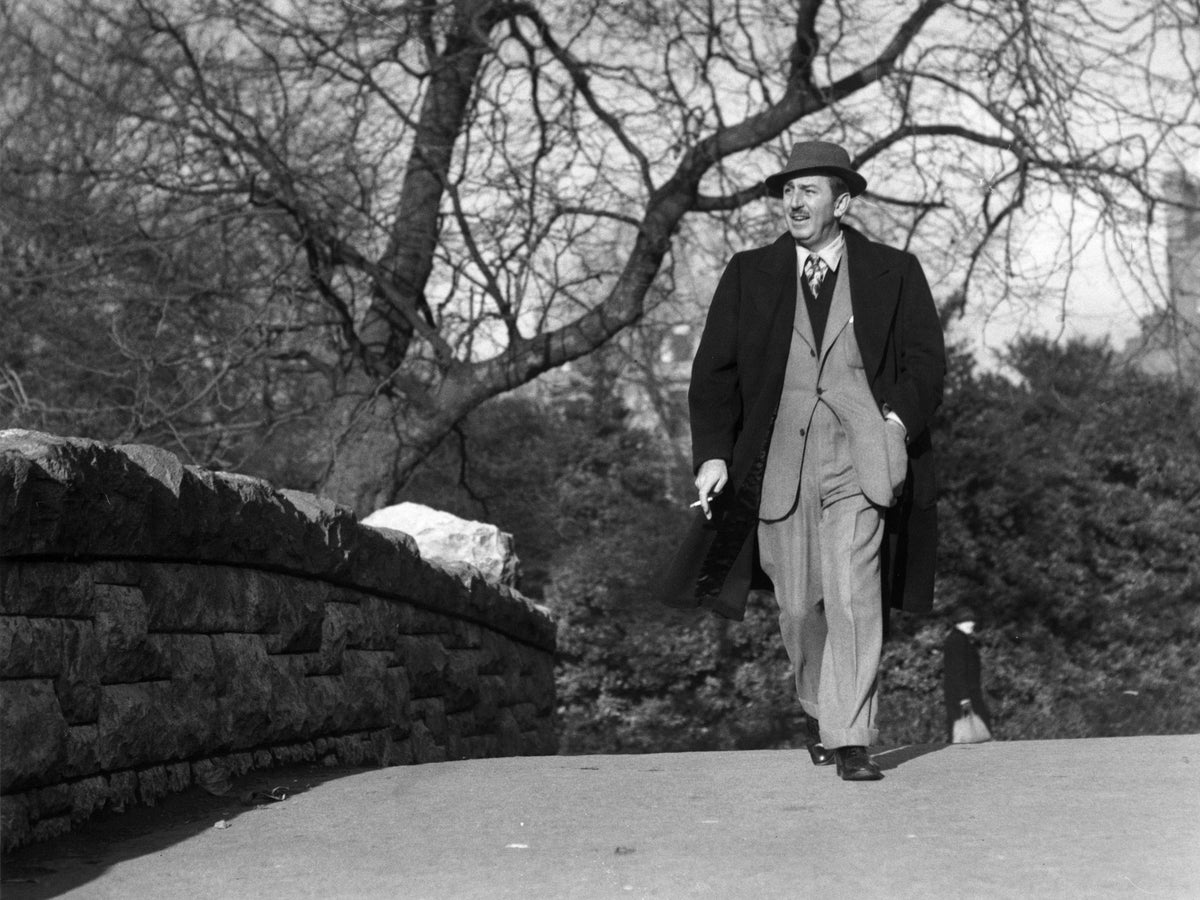Now, almost 60 years later, smoking seems, for the most part, to be a
problem of the past. The number of smokers in the U.S. has plummeted
from 42.6% in 1966 to just 11.5% in 2021, according to the CDC.
Cigarette ads are banned on TV, smoking is prohibited in most public
spaces, and nearly every American understands the deadly risks of
tobacco.
But while one public health crisis receded, another emerged.
Today, 42% of American adults are obese, a statistic eerily similar to
the smoking rate of the mid-20th century. Once again, we find ourselves
in the midst of a slow-motion epidemic—one not driven by cigarettes, but
by food.
In recent decades, ultra-processed foods (UPFs) have come to dominate
the American diet. These are not just snacks or fast food—they're food
products that are chemically altered and engineered for maximum shelf
life, convenience, and hyper-palatability. Think frozen dinners, sugary
cereals, flavored chips, sodas, protein bars, and even "health" foods
like flavored yogurt or granola.
UPFs now account for over 60% of the calories consumed by the average
American adult—and nearly 70% for children, according to research
published in the BMJ and JAMA Network. These foods are often stripped of
fiber and nutrients, packed with added sugars, artificial ingredients,
and emulsifiers, and designed to override our satiety signals.
Ok... so now what? Isn't that 42% stat just a coincidence?
Not necessarily. In fact, I am almost certain that this isn't a
coincidence. Let's see why.
In 1985, R.J. Reynolds, the largest tobacco company in the United
States, merged with snack giant Nabisco to form RJR Nabisco. 3 years
later, Philip Morris, the producer of the cigarette brands Marlboro,
L&M, and Chesterfield, acquired Kraft foods. At the time, they were also
the owners of General Foods.
With the American public worried about smoking and the NIH's crosshair
pointed right at them, Big Tobacco jumped ship in favor of the food
industry. In the span of three years, the two largest cigarette
companies in the world bought a large massive portion of the food and
snack industry. Many of your favorite snack items are likely owned by
the successors of these companies.
The crucial point of this shift, though, was that they had maintained
their same business strategy from the smoking business for food.
ADDICTION
They leveraged ultra-processed, hyper-palatable ingredients and
chemicals to make their customers as addicted as their previous
cigarette victims.
This first visualization paints a picture of how the American diet has
evolved over the past 40 years. In 1980, ultra-processed foods accounted
for about 30 percent of daily calories. Fast forward to 2020, and that
number has skyrocketed to over 50 percent. During that same period, the
percentage of calories from unprocessed or minimally processed foods has
steadily declined. What this means is that more and more of what we eat
is made not from whole ingredients but from industrial formulations
packed with additives, preservatives, and artificial flavors. The green
section representing unprocessed foods has been shrinking, while the
orange section for ultra-processed foods has taken over the majority of
the plate. This shift reflects a larger trend in modern food culture:
convenience and shelf life have largely overtaken nutritional quality.
Together, these two visuals tell a cohesive story.
The companies that once marketed cigarettes with cowboy swagger and
sophistication not sell taste. And their mastery of human impulse, honed
through decades of addiction science, has been redirected into the
supermarket aisle.
What we're seeing is not just a public health shift, but a corporate
rebranding of addiction.
The American public, in many ways, traded one form of self-destruction
for another. It may be less obvious, but it seems to be just as
engineered. The death rate from lung cancer may have dropped, but the
rates of heart disease, diabetes, and obesity-related illness are
soaring.
The cigarette was easy to spot. It burned, it smelled, and it stained
your fingers. Ultra-processed food is much harder to identify and even
harder to resist. It doesn't kill you quickly. It just quietly rewires
your body and transforms your brain, one bite at a time.
We're all just suffering from the leftovers of big tobacco.


